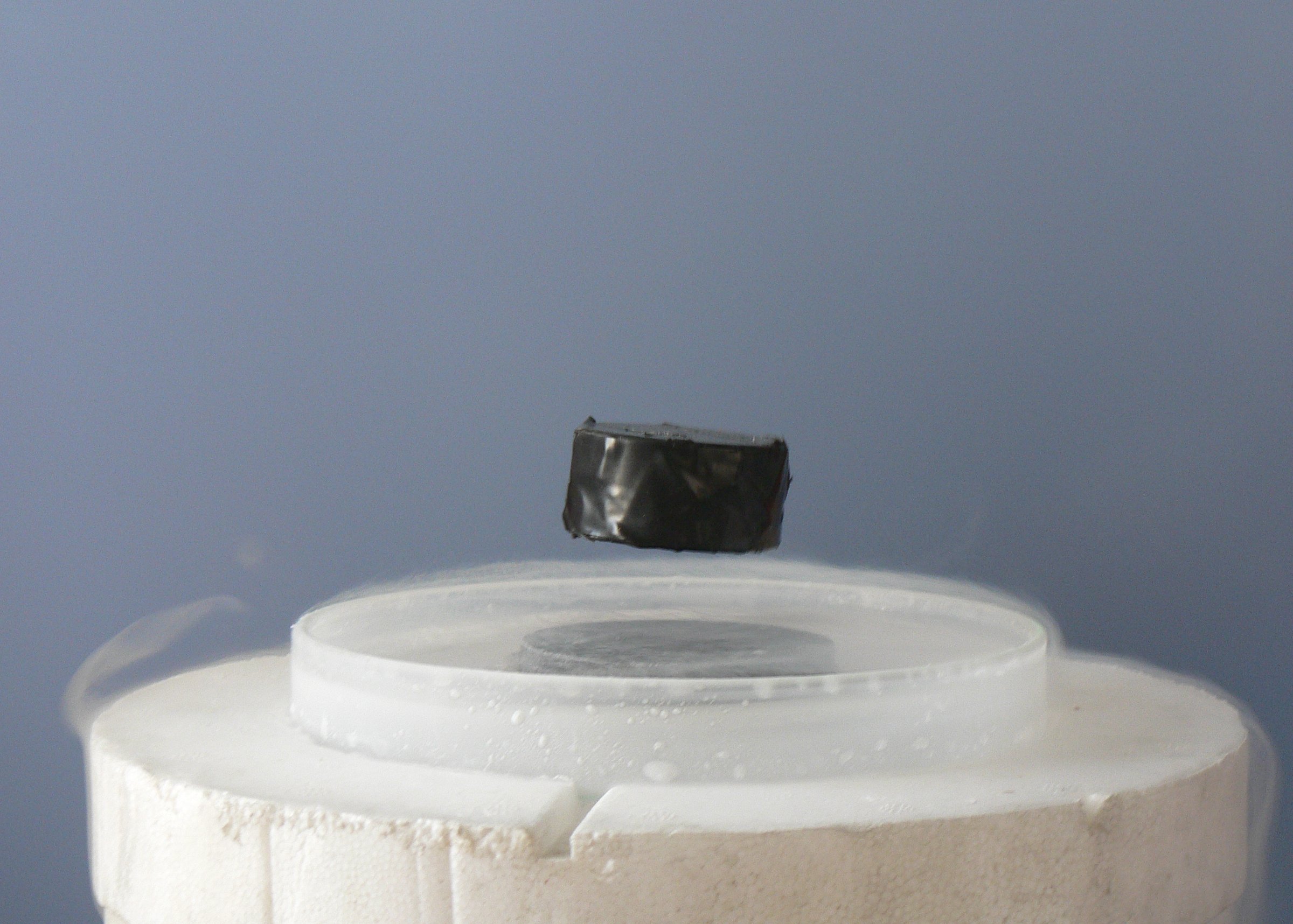
Photo from academic.microsoft.com
We investigate the bias-dependence of the hybrid charge transfer state emission at planar heterojunctions between the metal oxide acceptor ZnO and three donor molecules. The electroluminescence peak energy linearly increases… Click to show full abstract
We investigate the bias-dependence of the hybrid charge transfer state emission at planar heterojunctions between the metal oxide acceptor ZnO and three donor molecules. The electroluminescence peak energy linearly increases with the applied bias, saturating at high fields. Variation of the organic layer thickness and deliberate change of the ZnO conductivity through controlled photo-doping allow us to confirm that this bias-induced spectral shifts relate to the internal electric field in the organic layer rather than the filling of states at the hybrid interface. We show that existing continuum models overestimate the hole delocalization and propose a simple electrostatic model in which the linear and quadratic Stark effects are explained by the electrostatic interaction of a strongly polarizable molecular cation with its mirror image.
Journal Title: Physical Review B
Year Published: 2018
Link to full text (if available)
Share on Social Media: Sign Up to like & get
recommendations!